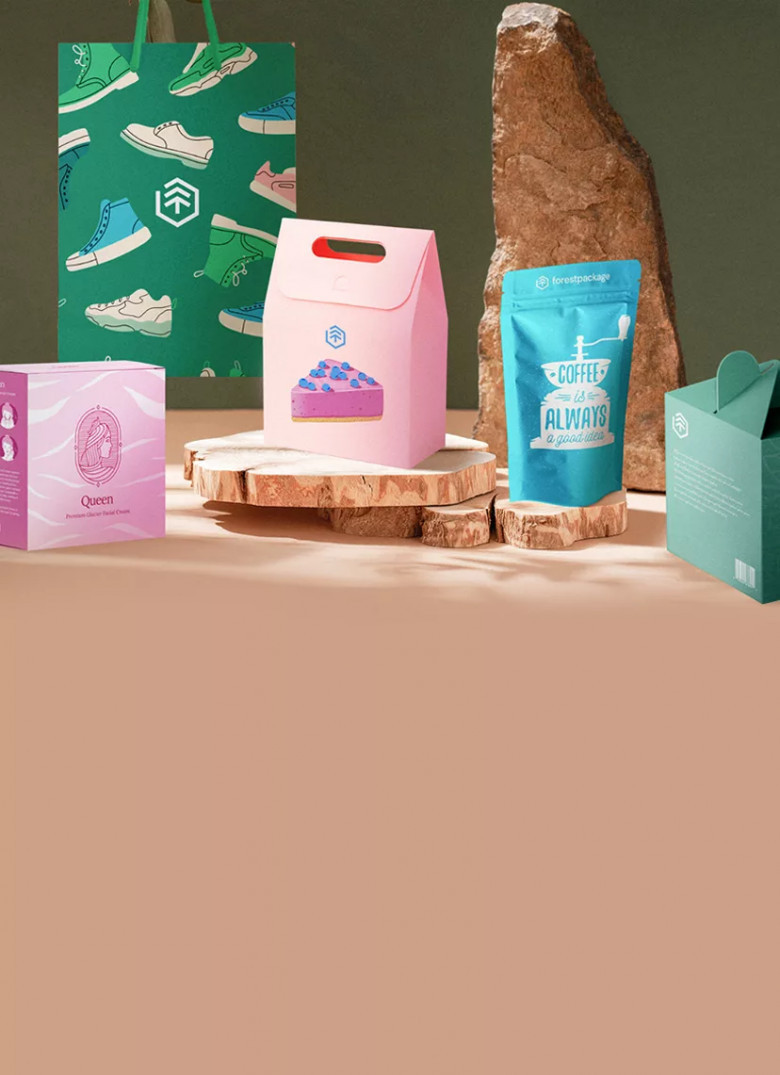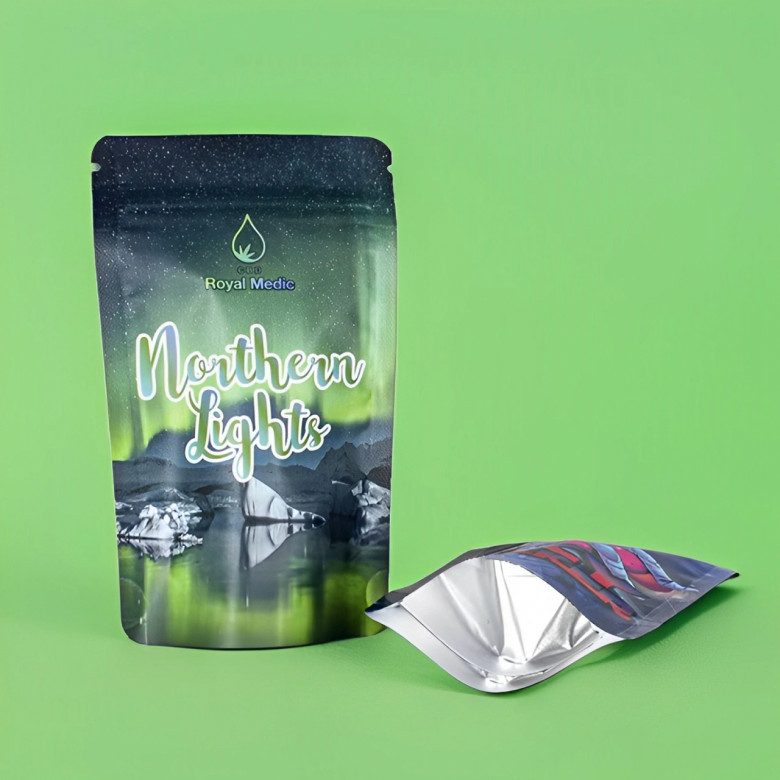views
Eco-friendly packaging is everywhere—or so it claims. But behind the buzzwords and green-colored labels, many “sustainable” solutions fall short. If you’re serious about reducing environmental impact and maintaining brand credibility, here’s what actually works.
1. “Recyclable” Isn’t Always Recycled
Just because a box can be recycled doesn’t mean it will be. Many materials labeled recyclable end up in landfills due to contamination, poor sorting, or lack of facilities.
What Works: Use mono-material packaging (like plain corrugated cardboard) that's widely accepted in municipal recycling programs.

2. Watch Out for Greenwashing Labels
Terms like “eco-safe,” “green,” or “earth-friendly” aren’t regulated and often mean nothing. Some brands use misleading labels to appear sustainable without real action.
Smart Move: Look for certifications like FSC® (Forest Stewardship Council), Cradle to Cradle®, or ASTM compostability ratings.
3. Compostable Isn’t the Same as Biodegradable
Many brands confuse “compostable” and “biodegradable.” Compostable items break down under specific conditions into safe soil, while biodegradable materials might leave behind toxins, or take decades to disappear.
Sustainable Choice: Choose Packaging Boxes made from certified home- or industrial-compostable materials and make disposal instructions clear.
4. Over-Packaging Kills Sustainability
You can’t call your packaging “green” if it uses three layers, five types of material, and unnecessary inserts. Even with recyclable materials, too much packaging undermines your efforts.
Less Is More: Optimize design for minimal waste—use one durable, recyclable layer that still protects your product.
5. Ink and Adhesives Matter More Than You Think
Even if the box itself is recyclable, certain inks, foils, and glues can contaminate the recycling process. This often renders your eco-efforts ineffective.
What Works: Use water-based or soy-based inks and recyclable adhesives. Avoid lamination and foil unless absolutely necessary.
6. Reusability Adds Long-Term Value
Eco-packaging isn’t only about disposal—it’s about lifecycle. Can your packaging be reused, repurposed, or refilled? If so, it reduces waste and keeps your brand in customers' hands longer.
Great Tactic: Design boxes with storage appeal or create branded refill programs that reward repeat use.

7. Transparency Builds Trust
Today’s consumers care. They research, they compare, and they call out inconsistencies. If your packaging claims to be eco-friendly, back it up with data, materials lists, or sourcing details.
Pro Tip: Add a QR code on your box that links to a sustainability page explaining your materials and recycling instructions.
Final Thought: Real Sustainability Starts with Smart Choices
If your brand wants to go green, don’t fall for surface-level solutions. Eco-friendly packaging isn’t about buzzwords—it’s about better design, honest materials, and reducing your footprint at every stage. Your customers will notice the difference—and so will the planet.



Comments
0 comment